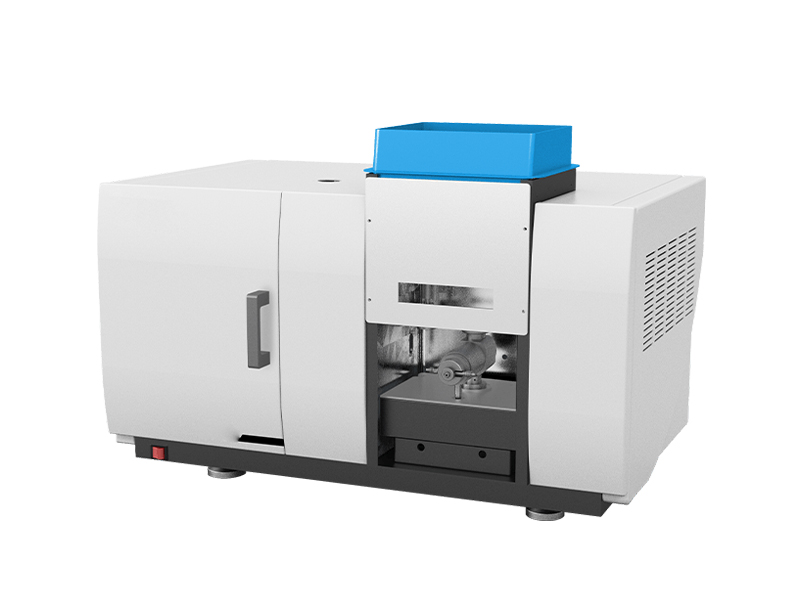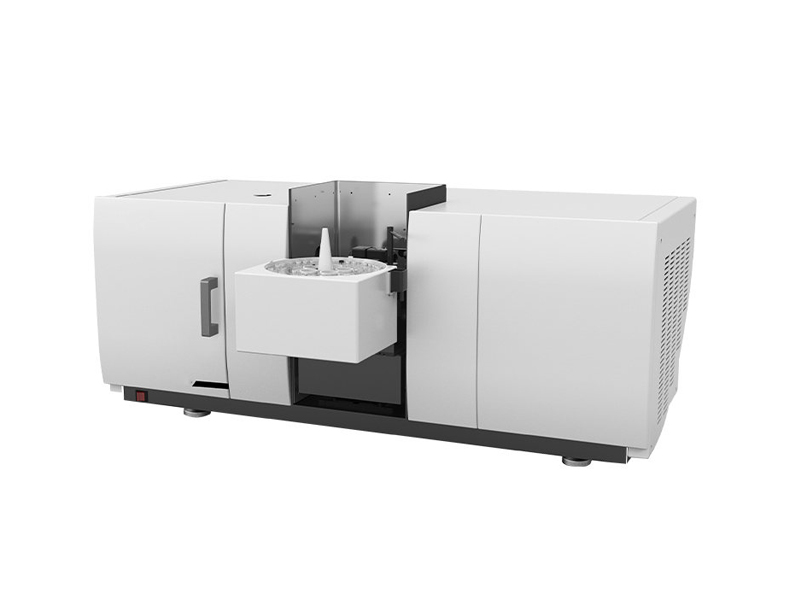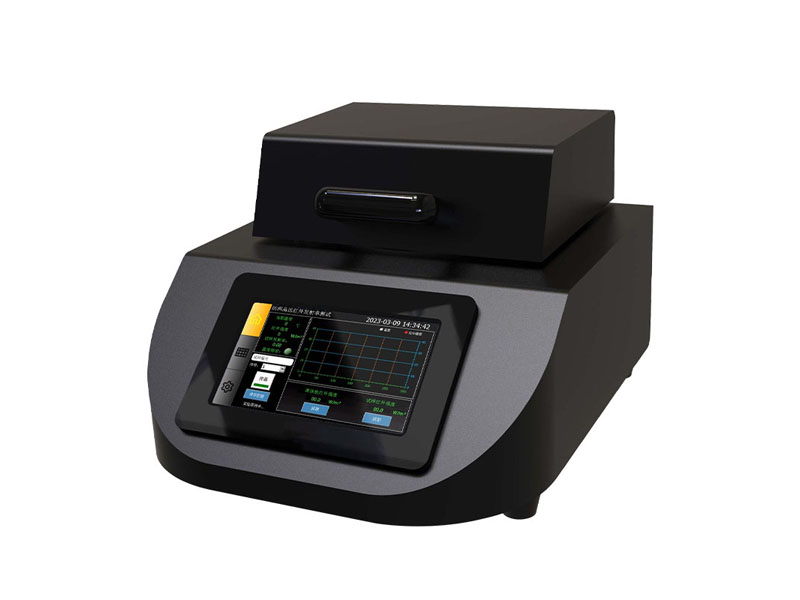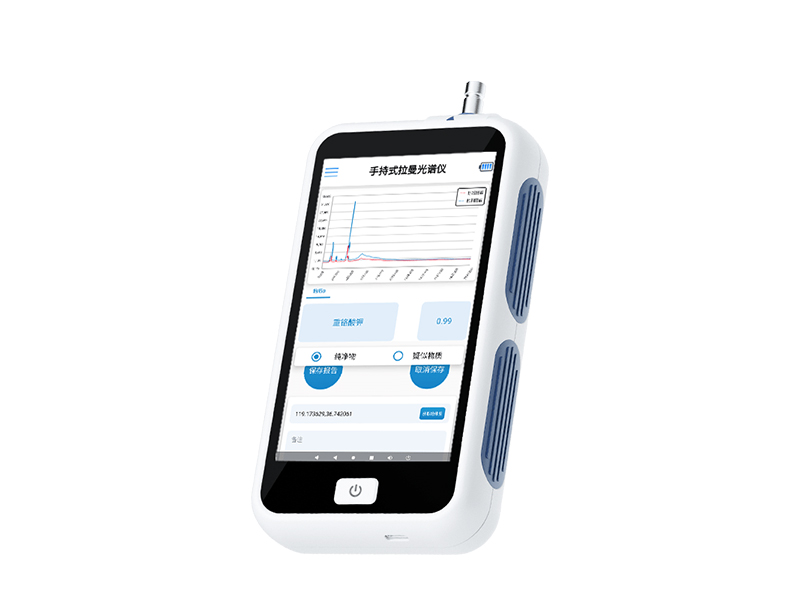The importance of atomic absorption spectrophotometer
Atomic absorption spectrophotometer (AAS) is a core instrument in the field of elemental analysis, and its importance is reflected in three dimensions:

Accurate detection: Through atomic absorption spectroscopy technology, metal and semi metal elements can be detected at the ppm to ppb level, with sensitivity far exceeding traditional chemical analysis methods.
Widely applicable: covering eight major fields such as environmental monitoring, food safety, and pharmaceutical research and development, becoming the "gold standard" for laboratory quality control.
Technological iteration: From early single element analysis to modern multi-element combination, it promotes breakthrough development in fields such as materials science and environmental governance.
Technical principle: Precise dialogue between light and atoms
The instrument is based on atomic absorption spectroscopy, and the core process is as follows:
Light source excitation: Hollow cathode lamp emits characteristic sharp line spectra of the tested element (such as copper 589nm).
Atomization process: Flame or graphite furnace atomizes the sample to form ground state atomic vapor.
Optical signal capture: The monochromator filters characteristic spectral lines, and the photomultiplier tube converts light intensity into electrical signals.
Quantitative analysis: According to Lambert Beer's law (A=kc), calculate the concentration of elements through a standard curve.
Technical advantage: redefining analysis accuracy
Taking Shandong Hengmei HM-AAS3 as an example, the core innovations include:
Total reflection achromatic optical system
Replacing traditional convex lenses with concave mirrors eliminates focal chromatic aberration of different elements and improves light efficiency by 30%.
C-T type monochromator
The 1800 line/mm grating combined with a dazzling wavelength of 230nm design achieves a spectral resolution of 0.2nm and significantly enhances anti-interference ability.
Eight Element Lighthouse Technology
One lamp operation+seven lamp preheating mode, reducing lamp replacement time to 1 minute and increasing analysis efficiency by 50%.
Intelligent background correction
Deuterium lamp and self absorption dual-mode calibration, with a background signal of 1A and a background deduction ability of 50 times, ensure the accuracy of low concentration detection.
Industry pain points and innovative solutions
Pain point 1: Time consumption for pre-processing complex samples
Solution: Introduce hydride generator combined technology to achieve online enrichment of elements such as arsenic and selenium, reducing pretreatment time by 70%.
Pain Point 2: Simultaneous Analysis of Requirements with Multiple Elements
Solution: Develop a graphite furnace flame combination module that supports synchronous detection of 8 elements, reducing the cost of single sample analysis by 40%.
Pain point 3: High complexity of instrument maintenance
Solution: Intelligent fault diagnosis system (such as combustion head blockage warning) reduces downtime and maintenance costs by 35%.
Application case: Practical testing of heavy metals in soil
Project background: Investigation of soil lead and cadmium pollution in an industrial park
Technical solution:
The sample was processed using microwave digestion method, and the recovery rate was>95%.
The flame method was used to determine lead (detection limit 0.008 μ g/mL), and the graphite furnace method was used to detect cadmium (characteristic quantity 0.5pg). Result: Complete single sample full element analysis within 10 minutes, and the data meets the requirements of HJ 166-2020 standard.
Atomic absorption spectrophotometer is evolving from a "laboratory tool" to an "intelligent analysis platform". Shandong Hengmei will continue to drive industry transformation through technological innovation, helping global users achieve more efficient and accurate element analysis.
Article address:https://www.spectrometer.top/news/26.html


 Current
location:
Current
location:









